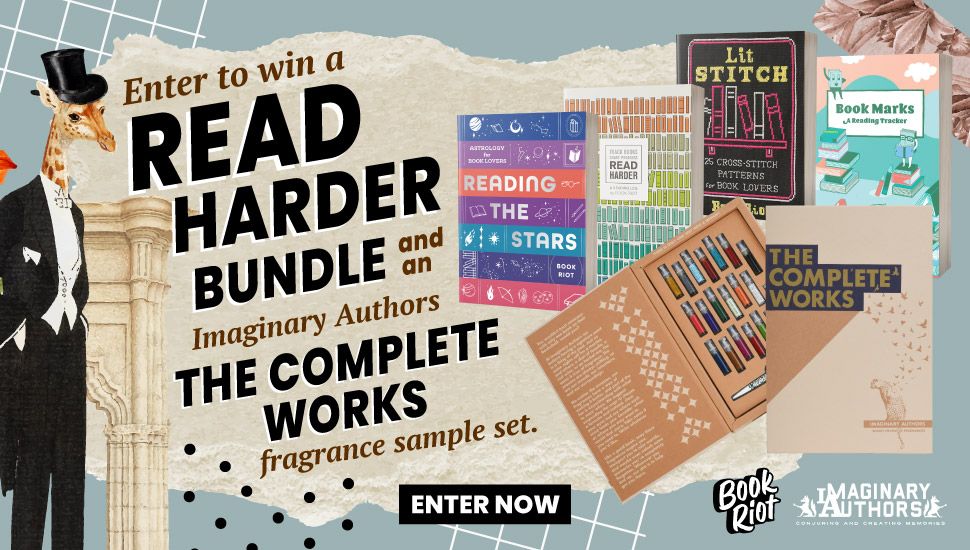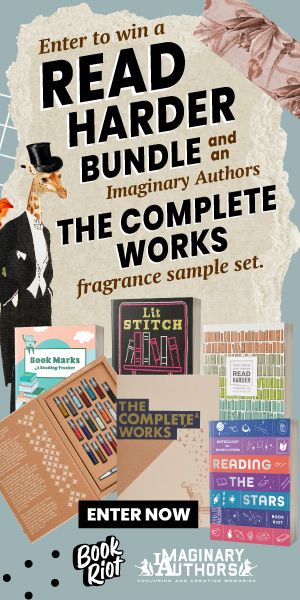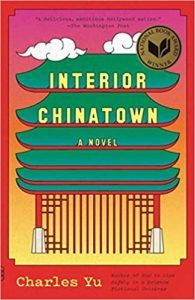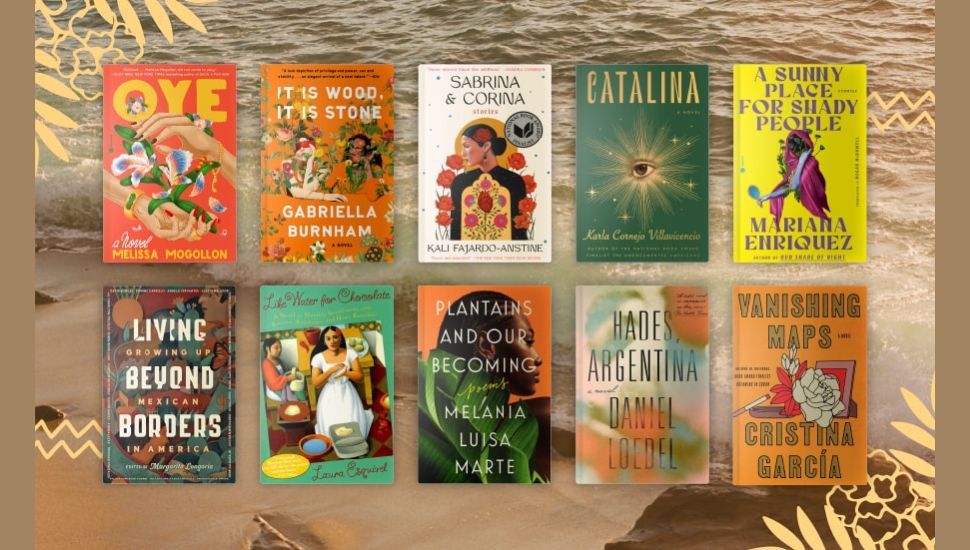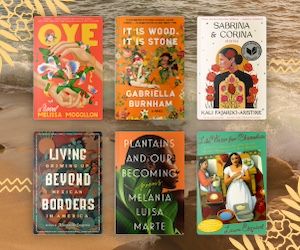
Why I Love My Troublesome Physical TBR Stacks
I find myself often caught between reading piles.
There’s the Kindle stash. There’s the Libby queue, which is in constant churn and always seems to have another book ready for me just a few days before I’m ready for it. The Audible queue and its not-so-helpful reminders that I have another credit available. And, no, don’t tell me I can get my audiobooks from Libby because sometimes some titles aren’t available there. And, there’s my actual print books pile, towering ominously near my head as I sleep each night, the top one folded open to hold my place and maybe teetering just a little.
It’s my suspicion — my assumption — that most modern readers have a version of this multi-pronged, multi-channel TBR list struggle. Right?
We all have certain platforms and formats we prefer our books in, and we all find ourselves accumulating these various stories from all sides. It’s a little overwhelming, but what alternative is there? To, like, just not hoard every enticing title we come across?
Please.
And believe me, I’ve thought about this a lot.
Prime among these considerations, I keep having the nagging feeling that the accumulation of print books ought to be something I could have eliminated by now in my technologically enabled, very modern, digital lifestyle.
They just take up so much damn space. They are heavy. They manifest into stacks all over my not-big-at-all D.C. condo. They physically prevent me from reaching books lower in the stack, reducing my ability to read what I’m craving in the moment. Et cetera.
But. Every time I start to actually try to eliminate my print books, I run up against the reality that there are still certain things a print book can do that other formats cannot offer me as a reader.
To start, they allow for unique play with the novel format that other storytelling formats simply don’t allow.
Perhaps the very best example fo this is Lauren Oliver’s creative take on intertwined narratives in Replica. In this young adult science fiction novel, Oliver told her story through the perspective of two teen girls from wildly different worlds whose stories intersect. Part of the brilliance of this novel is the packaging: One character’s story is told start to finish from the book’s first pages. The other character’s story is told — well, from the book’s other first pages, because instead of a cover and back, this one has two covers.
Part of the fun of this book is choosing how to engage with the two character’s arcs. Do you read one story all the way through then flip it over and read the other? Do you alternate between the two? Whatever choice you make, this experience is inherently tactile, a reading that demands to be in print. How one recreates such an interaction in a digital format I genuinely don’t know.
To a lesser extent, there are other creative plays with format that seem to necessitate print, too.
Take, for example, Charles Yu’s Interior Chinatown, which is written in the format of a movie script. While I prefer most of my reading in audiobook format these days, this is one I made a point to secure in print so I could fully appreciate its play in format. In fact, as your pushy reader friend with too many opinions, I’d insist you do so with most of Yu’s works. A good portion of his brilliance in in the formatting, and I doubt even digital text formats could give as much appreciation for this.
See also: Tahereh Mafi’s Shatter Me, in which the heroine’s fragile inner monologue is enhanced with crossed-out thoughts and other nuances that greatly enhance the tone and resonance.
This is a facet of artistry in novel writing I would never want to lose, and for this reason alone, print will never be eliminated from my reading queues — even as new facets of this surely will continue to emerge that are unique suited to digital formats, as well.
Then, of course, there are the other ways print books remain uniquely cherished. There are the autographed copies that represent not just a beloved text or an admired author, but also a moment in time where those things came together for an in-person encounter. These signed copies have become an increasing portion of my print collection over the years, and they will stay with me my entire life.
Then of course there are the elegantly packaged special editions, and the beloved and battered childhood favorites.
You can pry them all from my cold, dead fingers, and not a second before.
I suppose we’ve been predicting the death of print for a while now. But my print stack is my most precious part of my writing queue and that’s not ever going to change, even as part of me wishes to purge and simplify to escape the overwhelm of all the different sources pushing books my way.
Each of them continues to offer something unique and irreplaceable, and each time I try to simplify, I come up against all sorts of reasons why, just as here with print, each some of them is absolutely necessary.
The practical solution, clearly, is to read faster.
